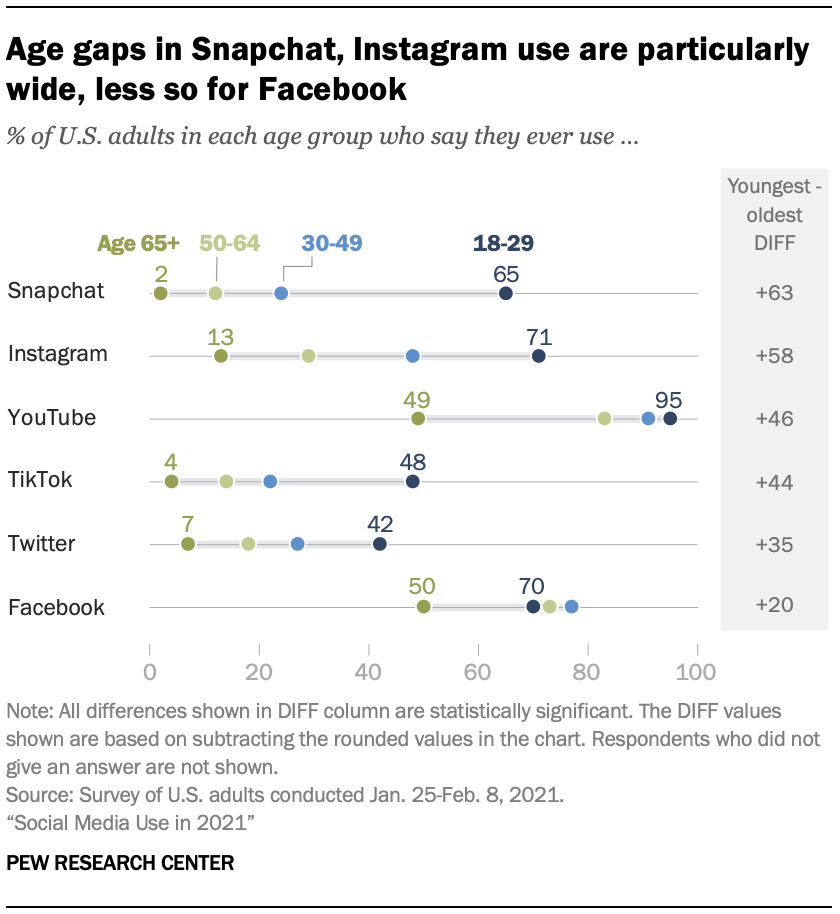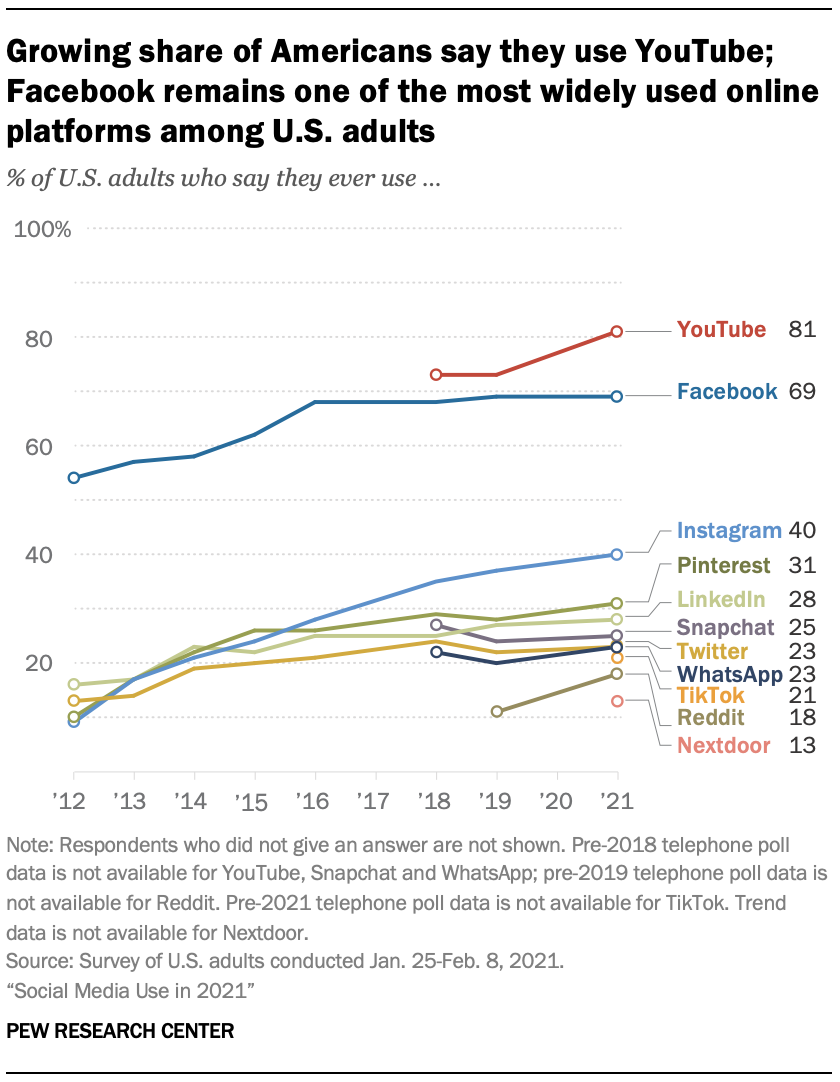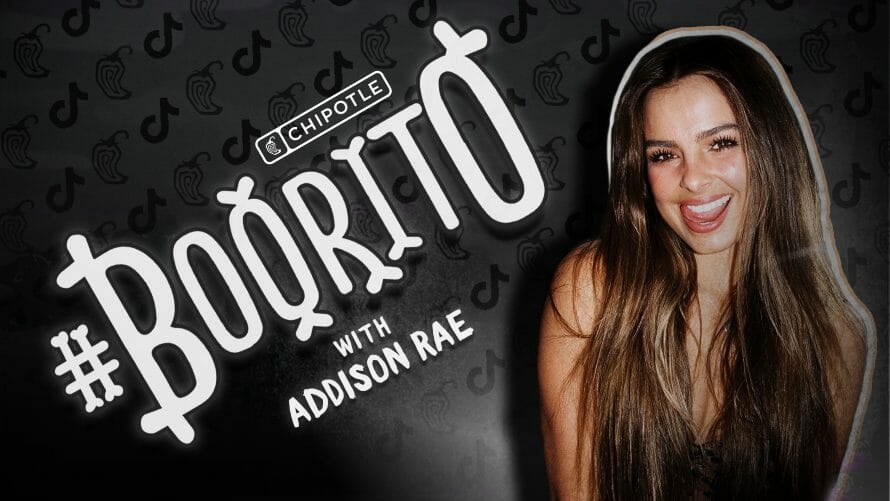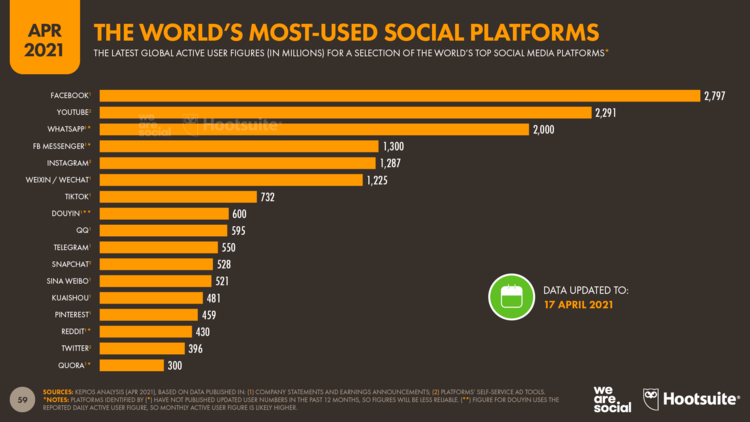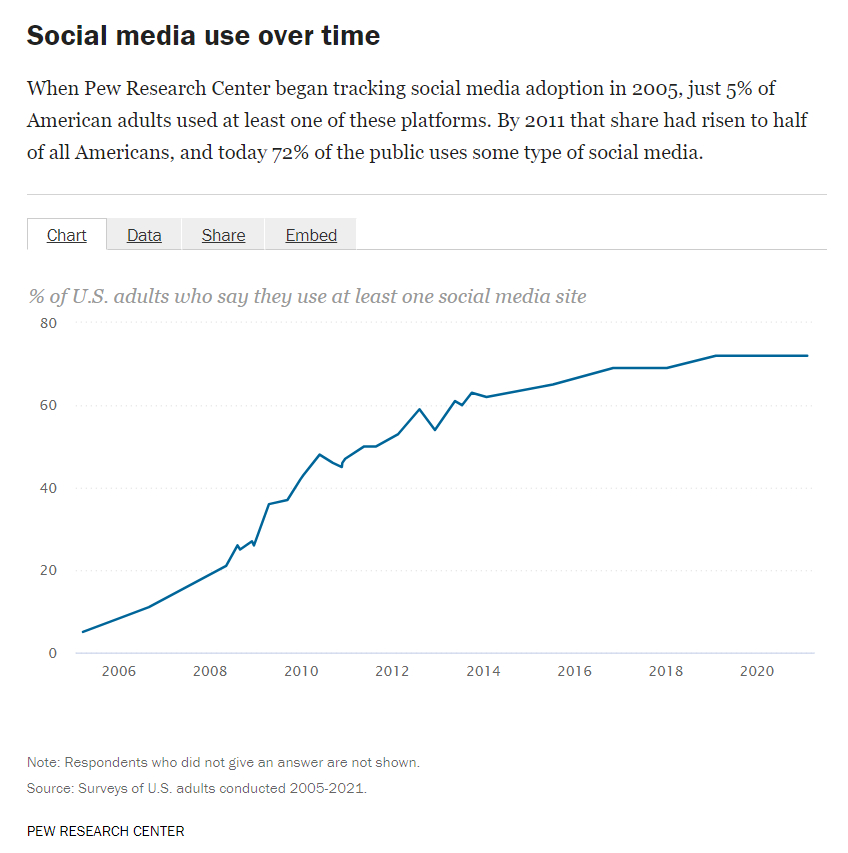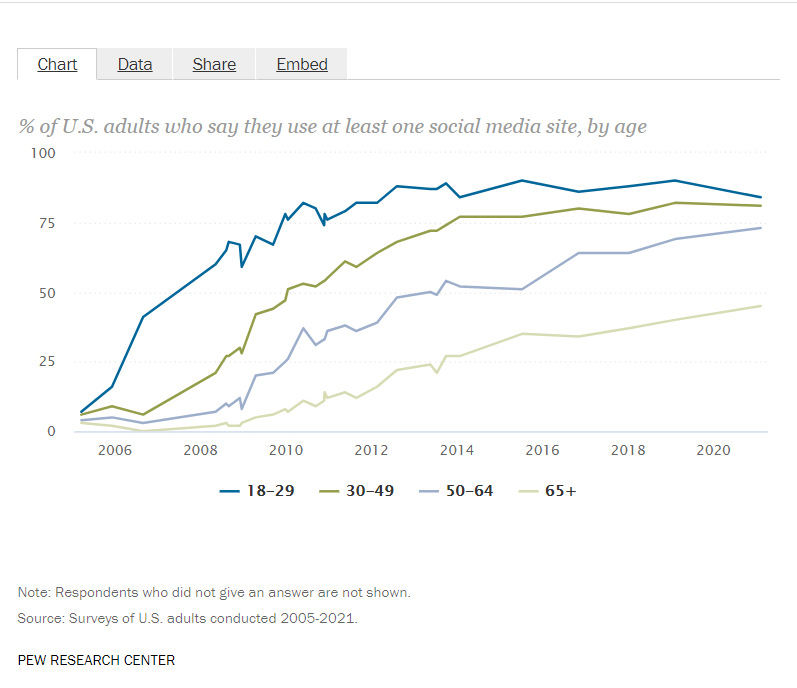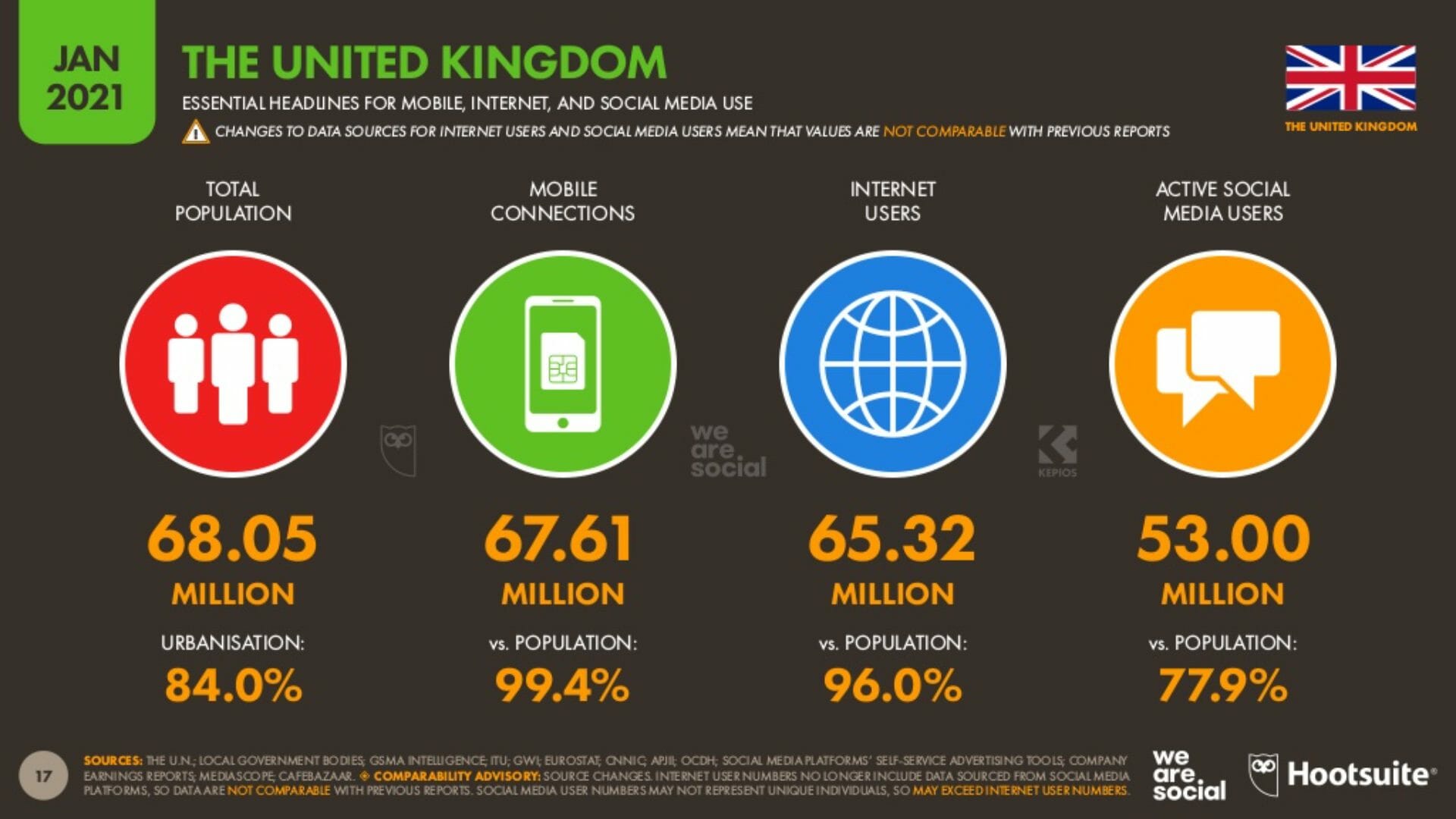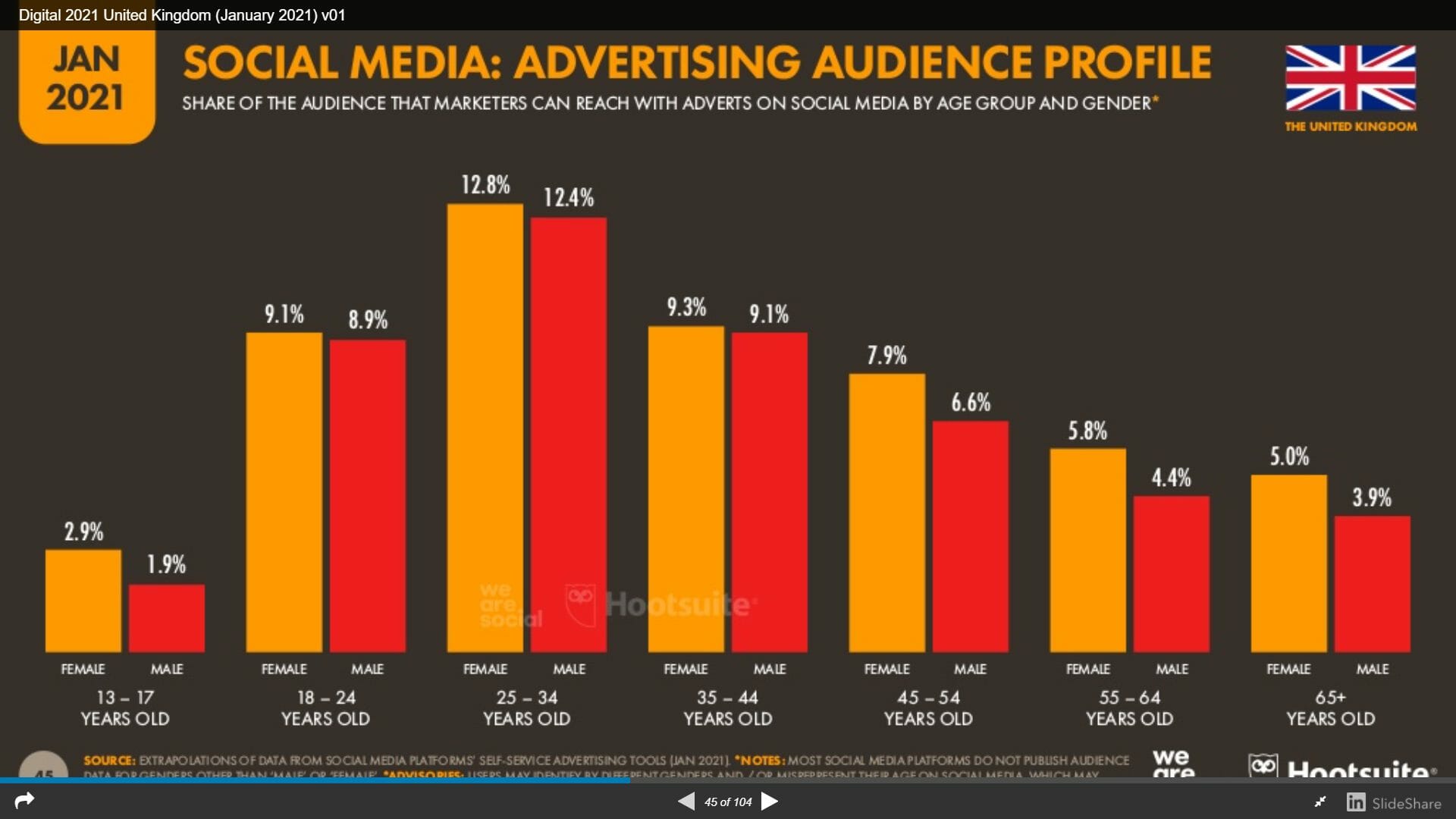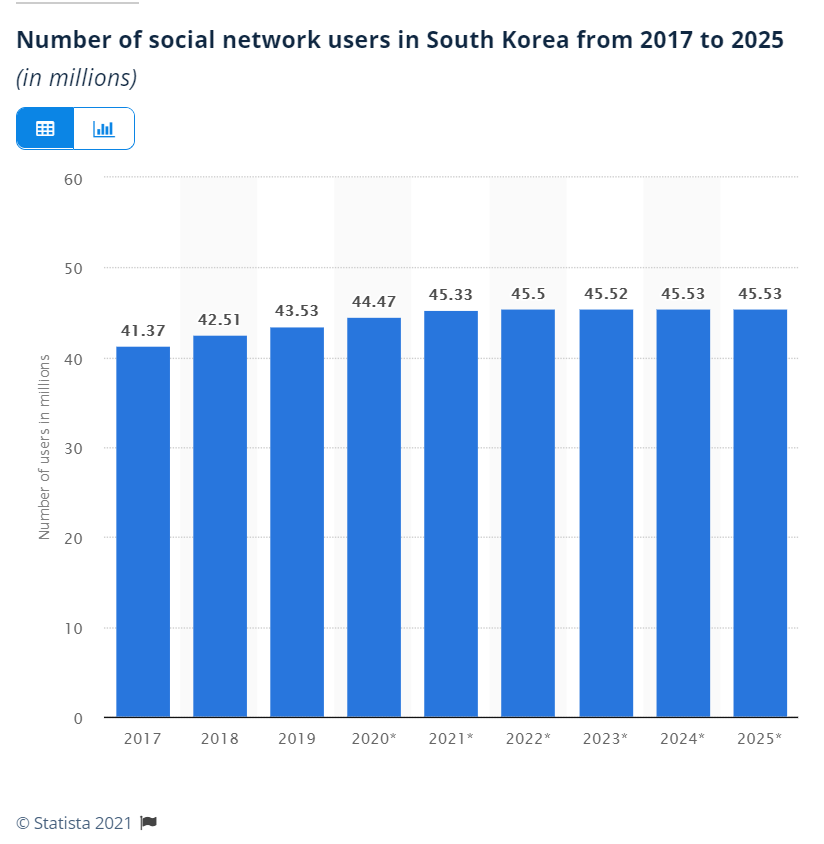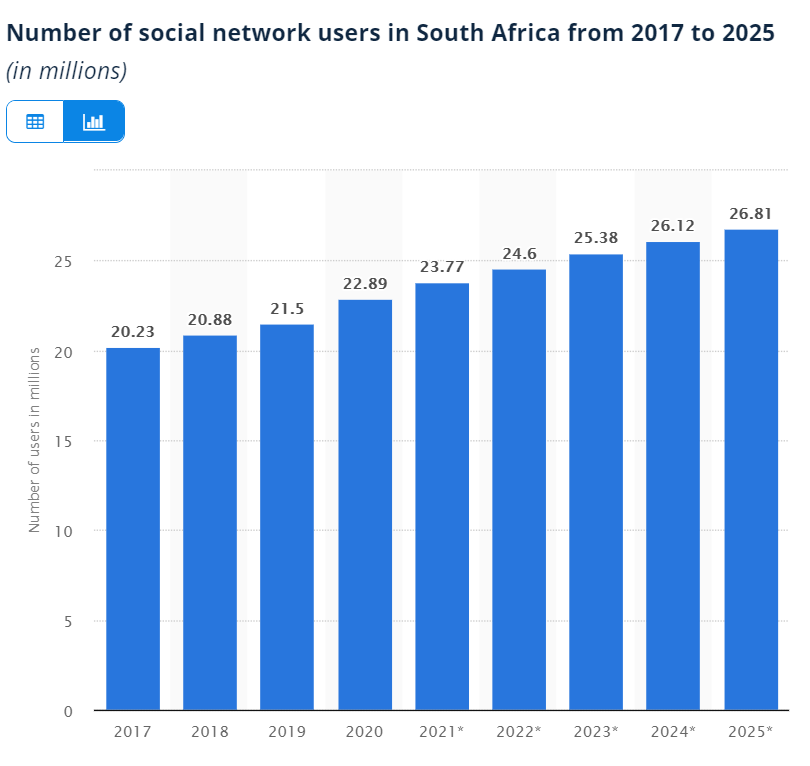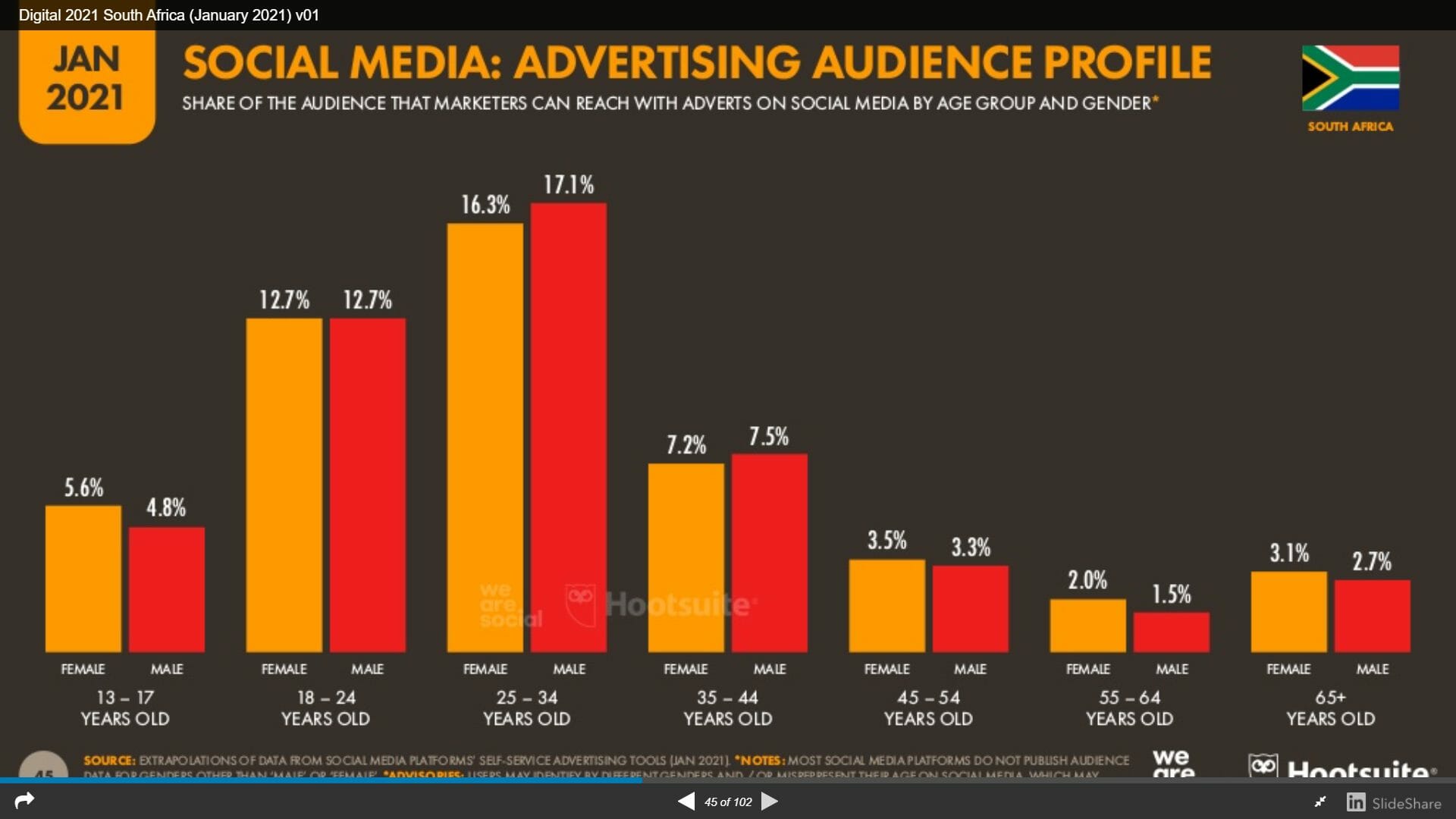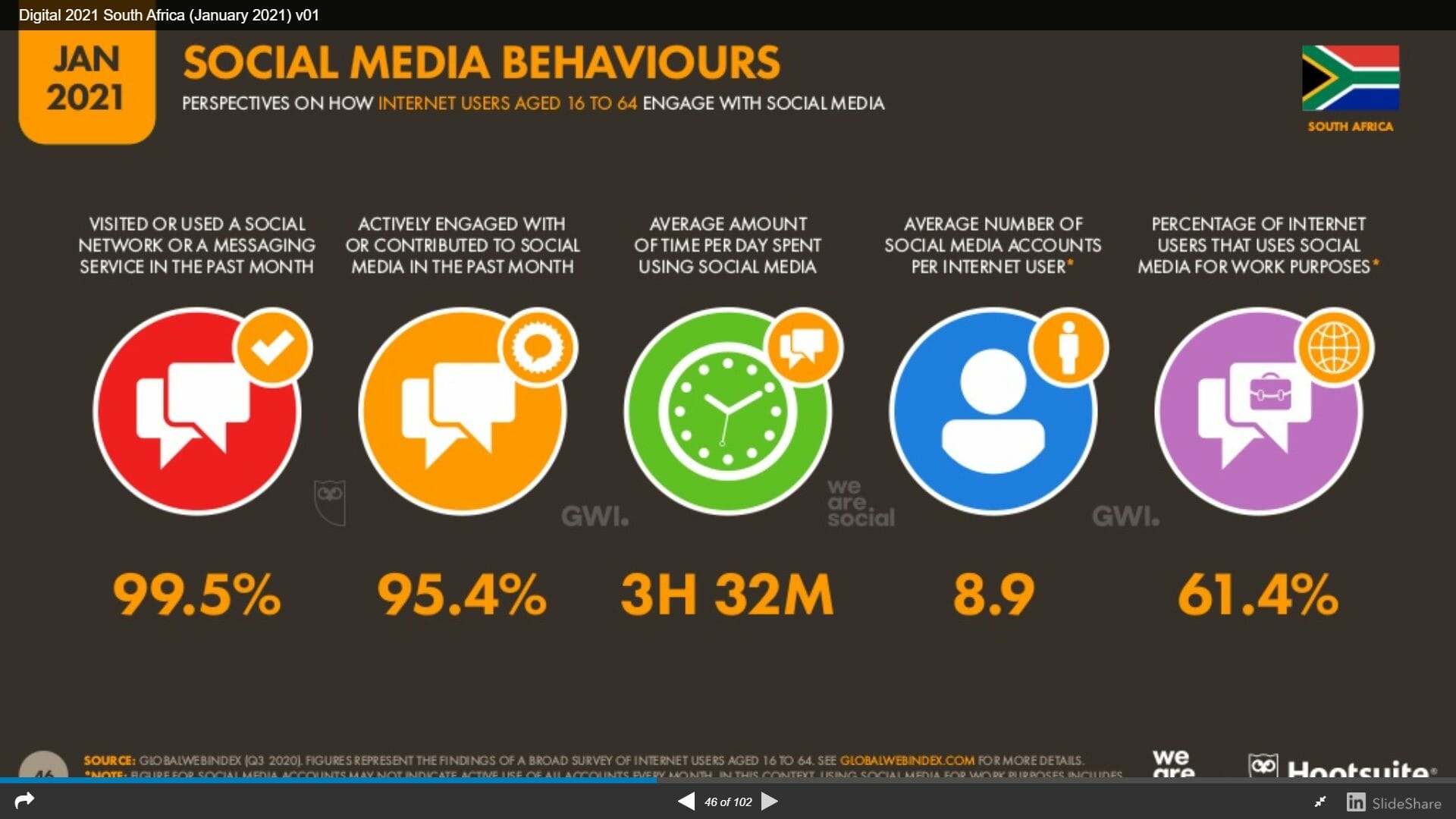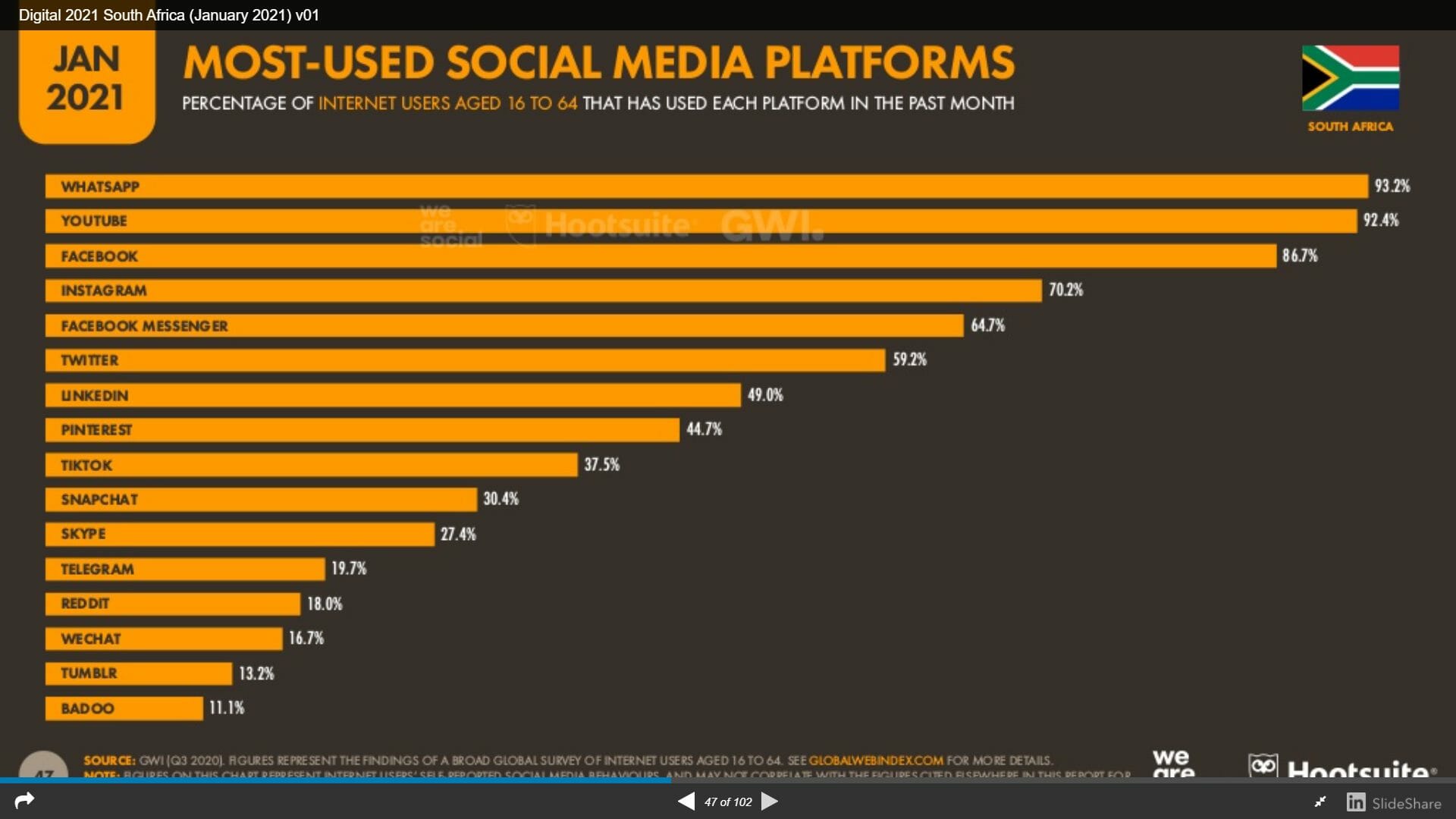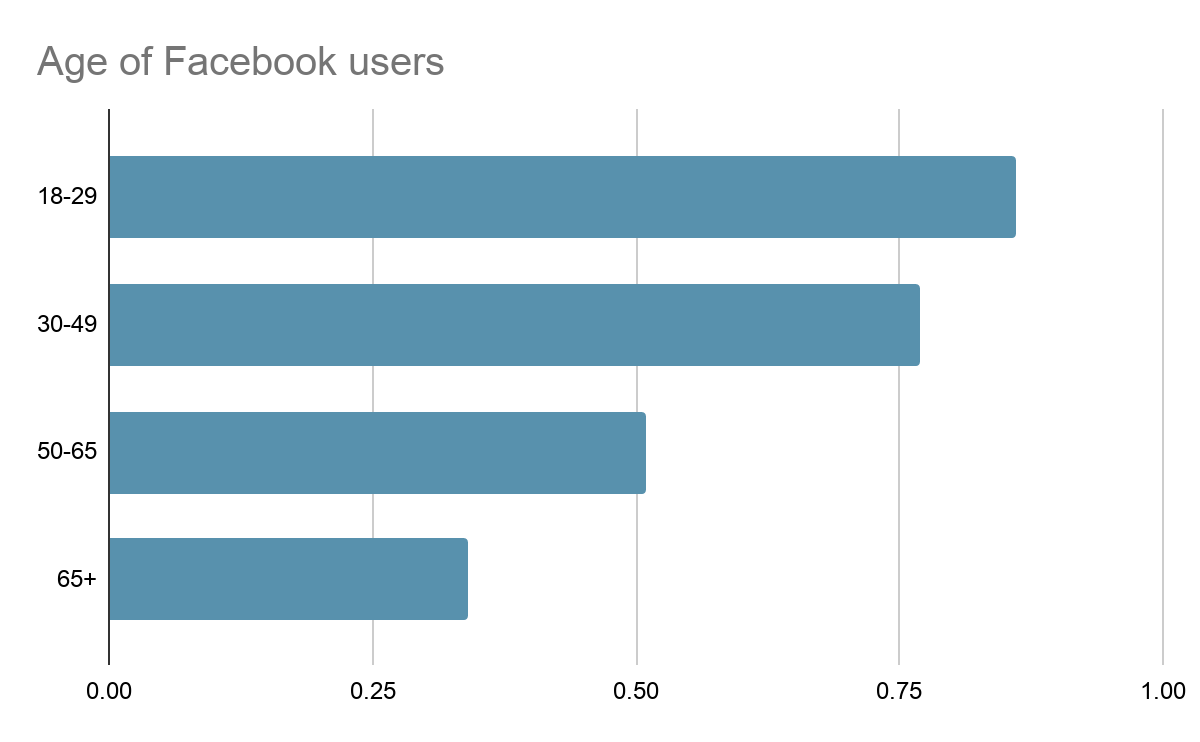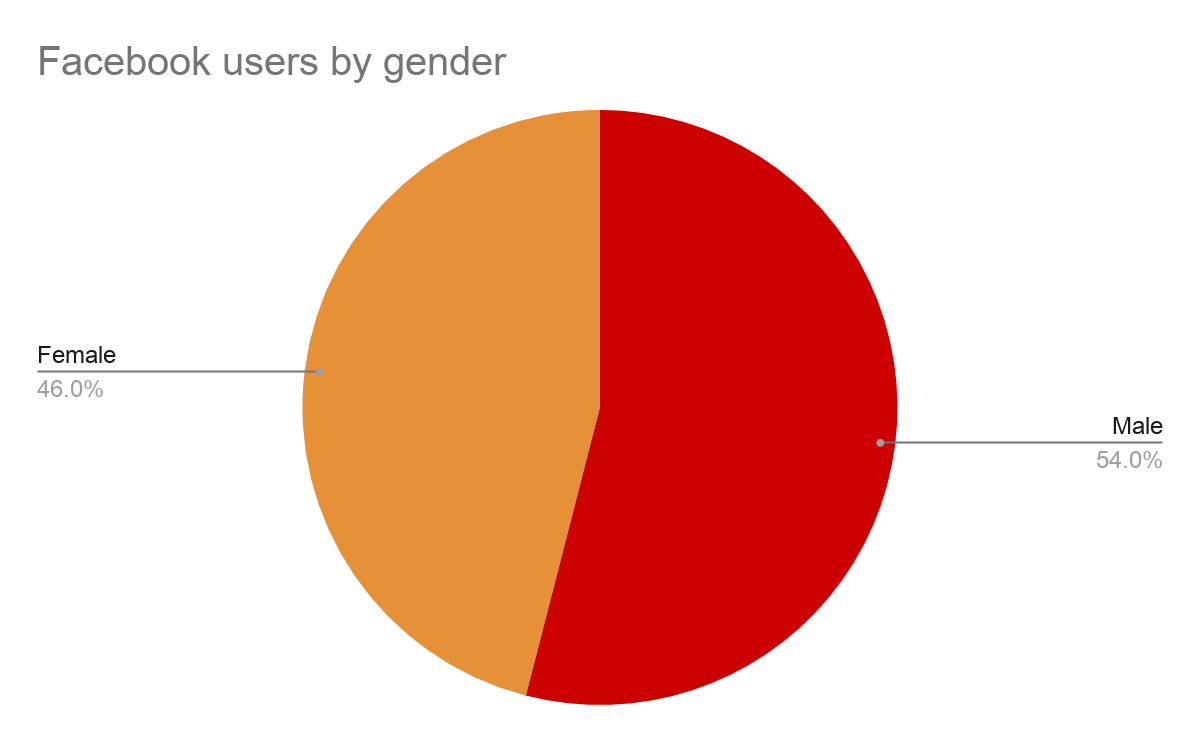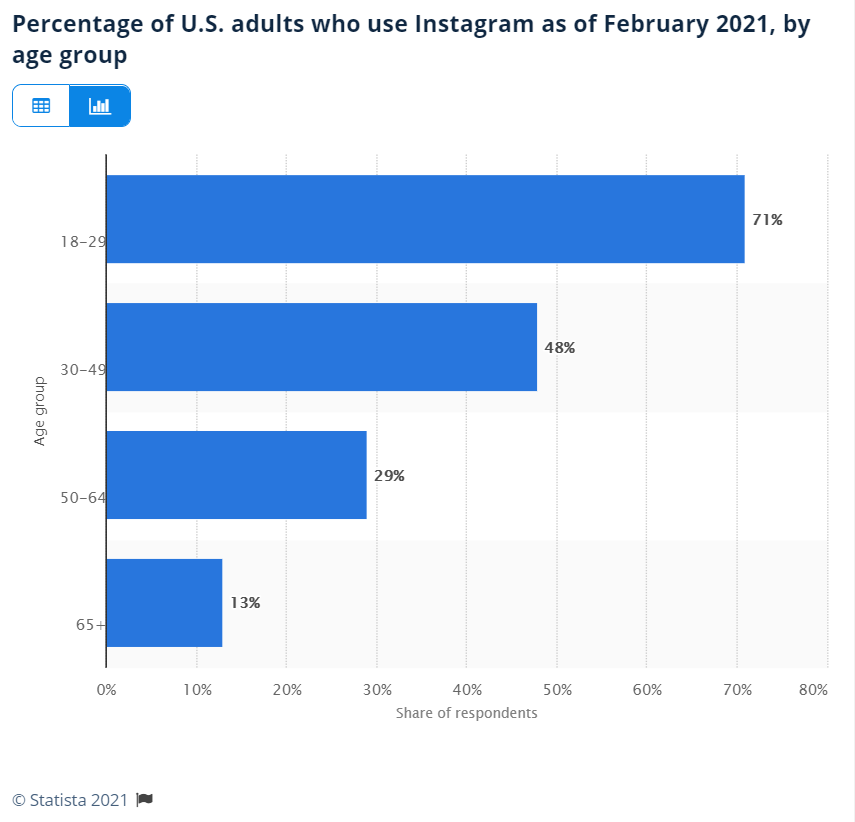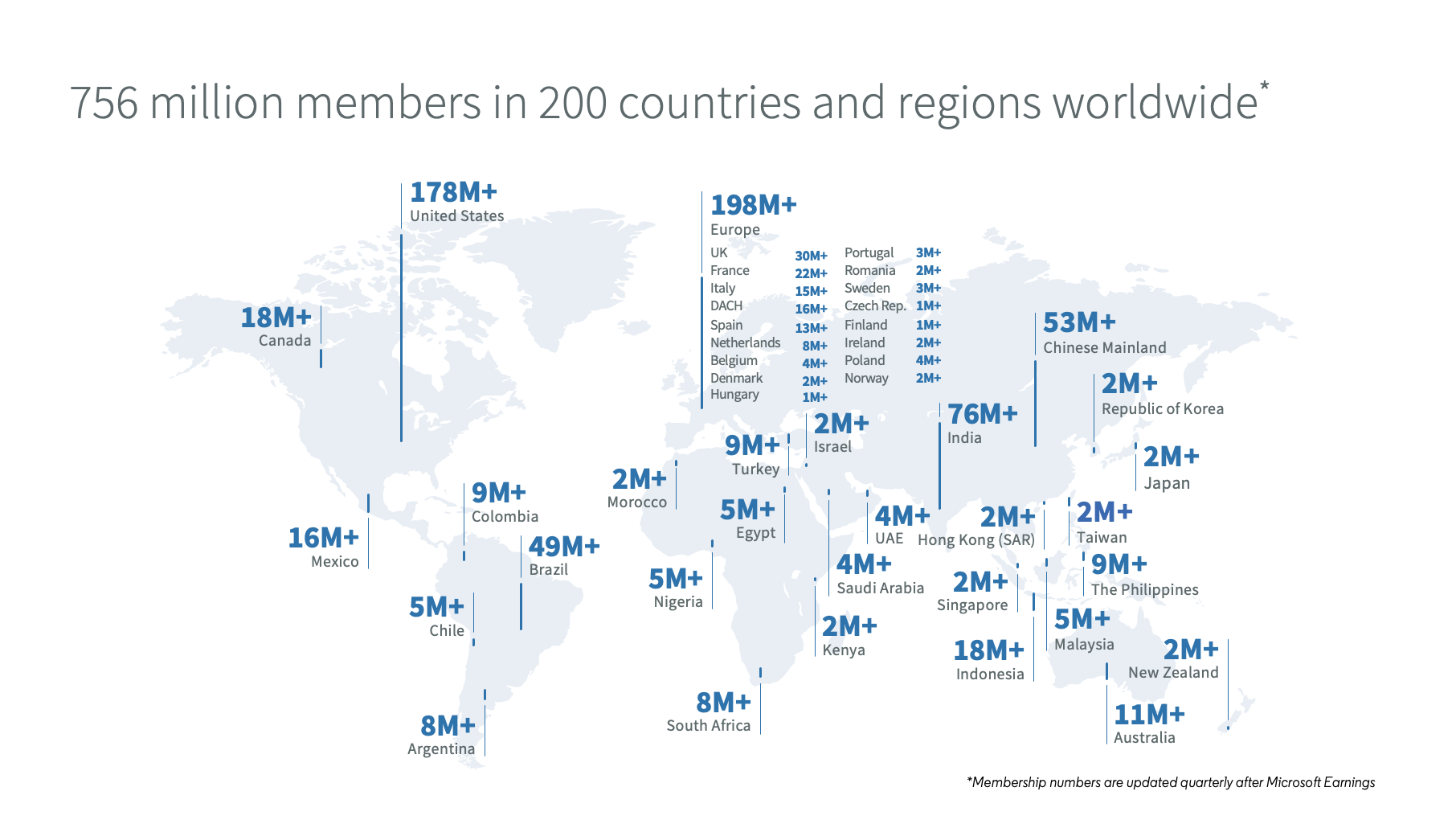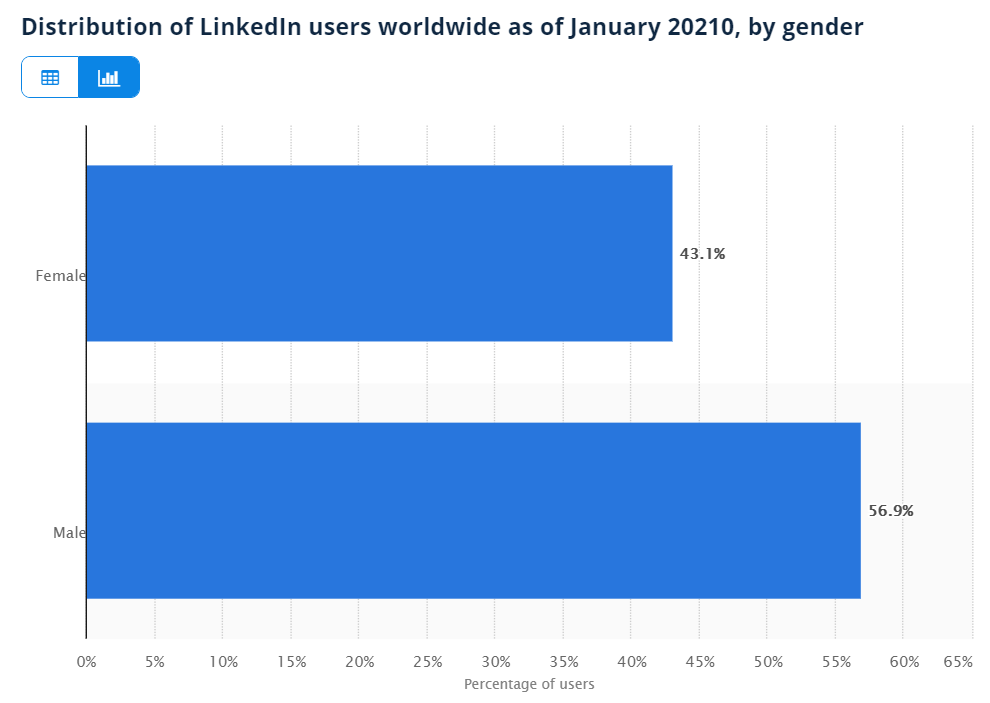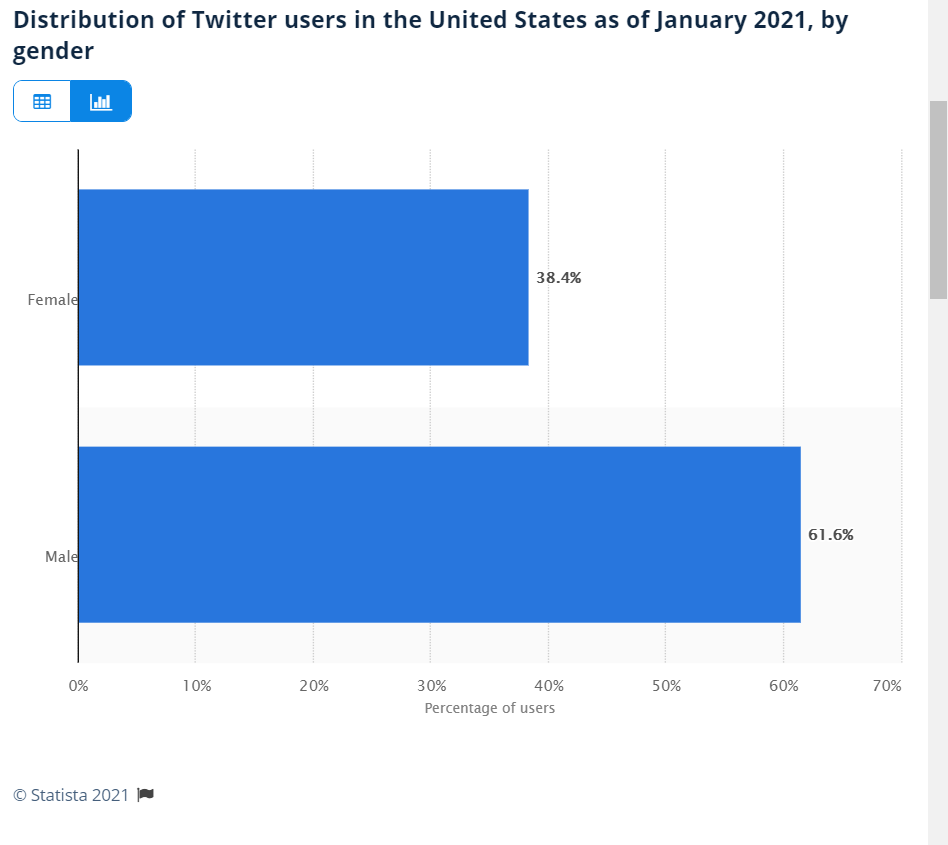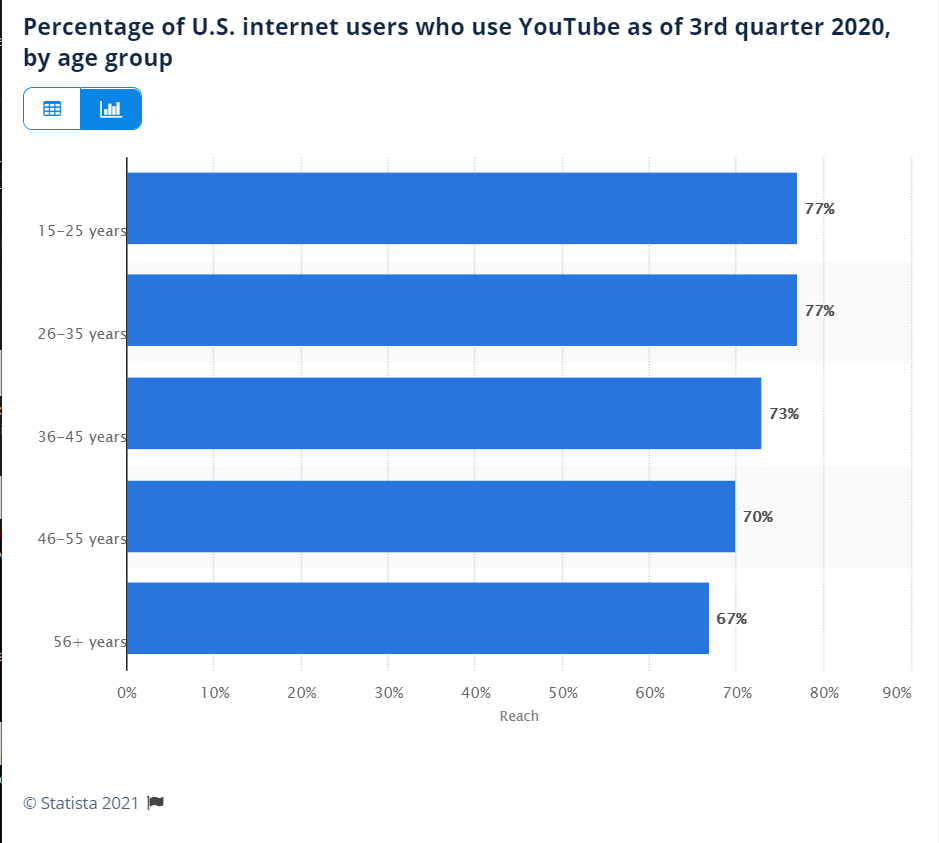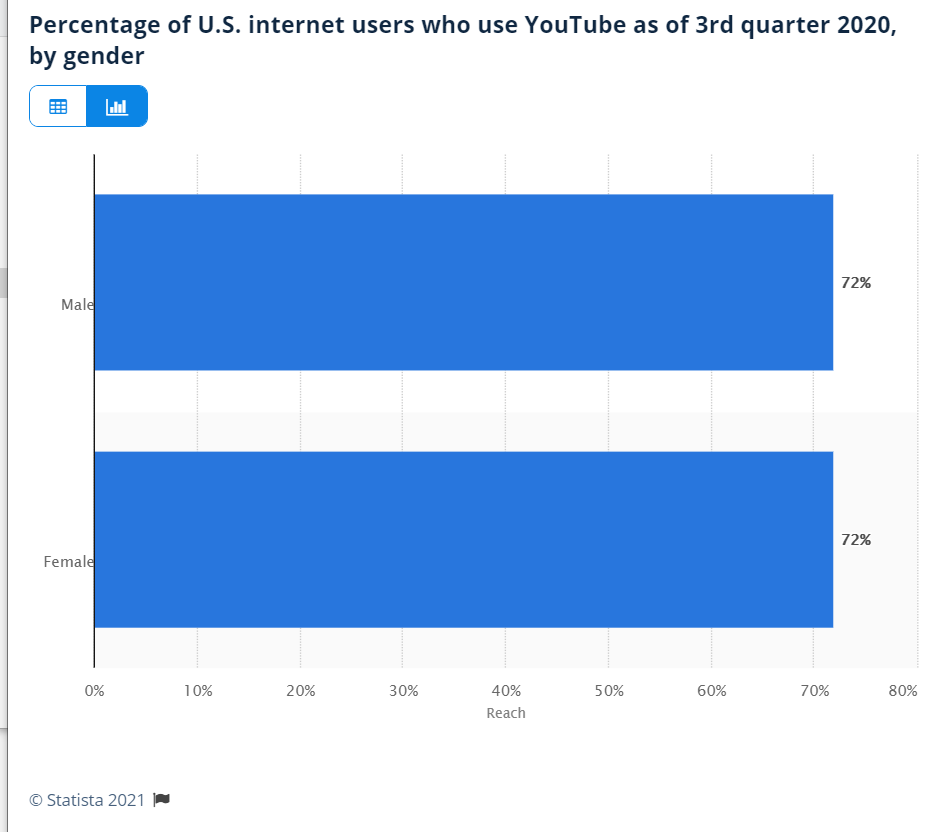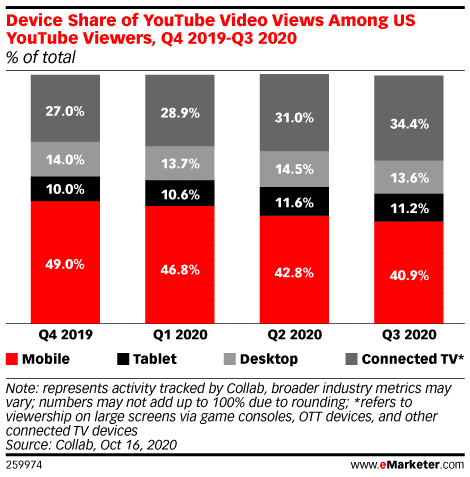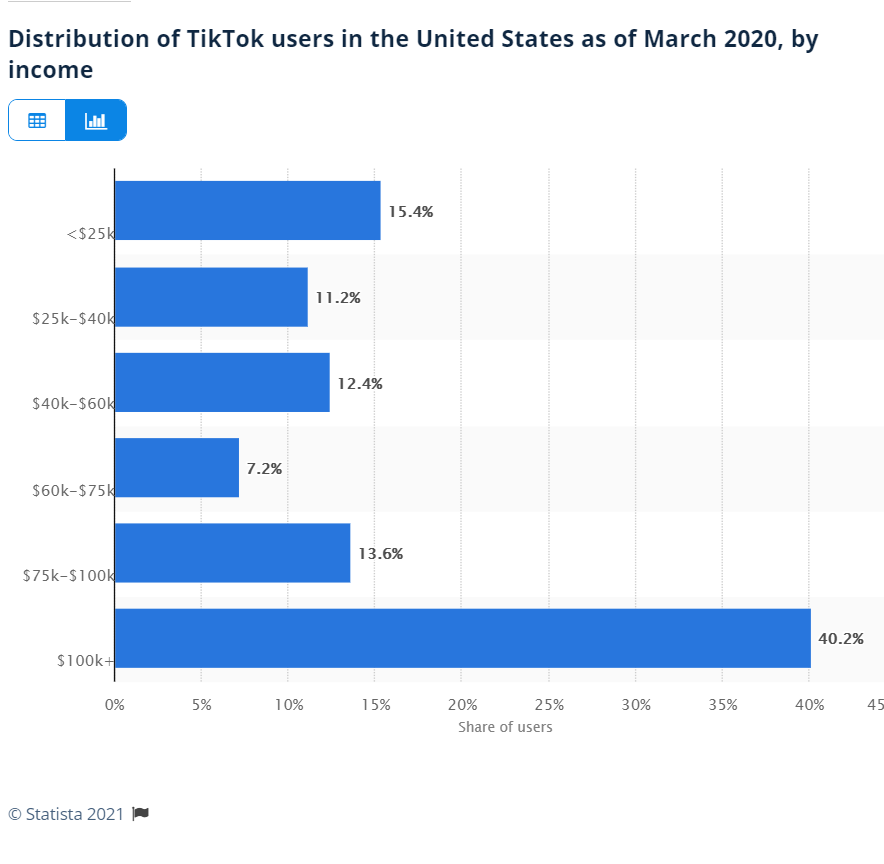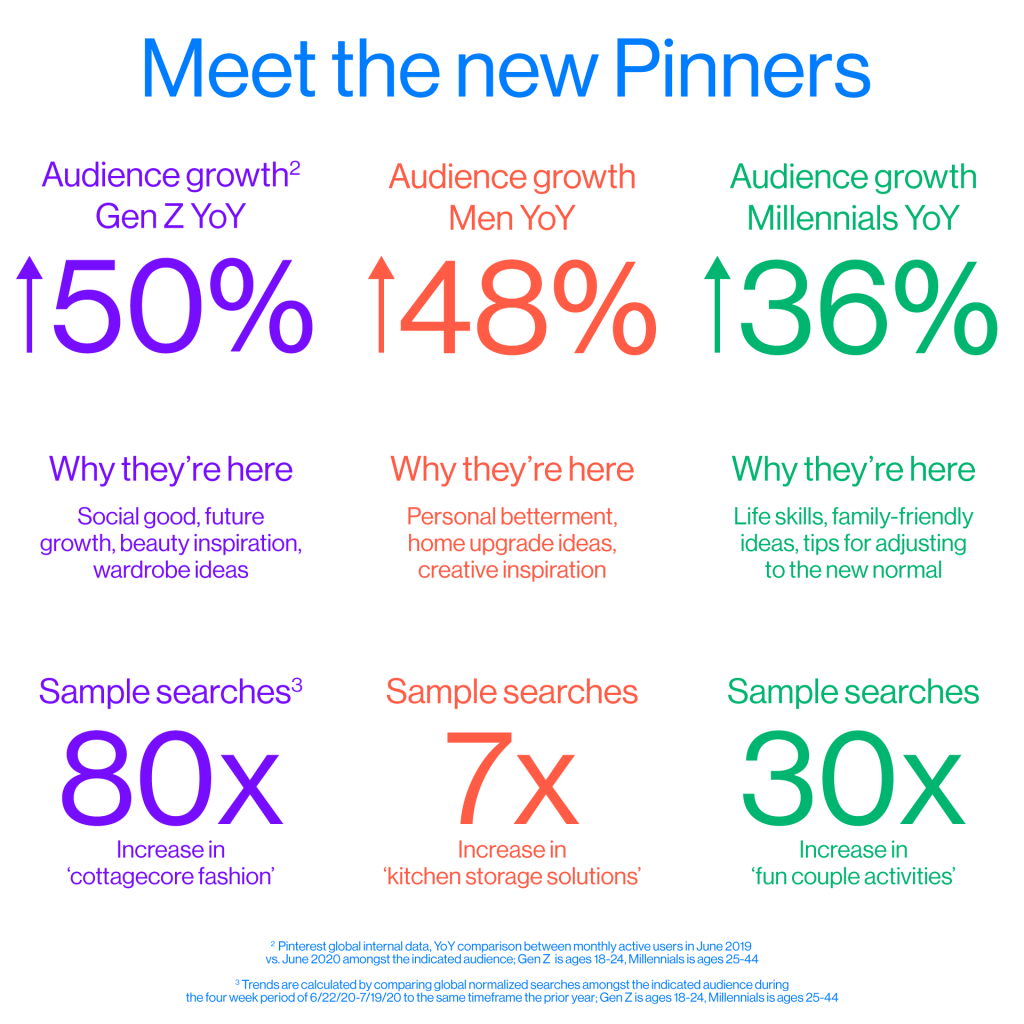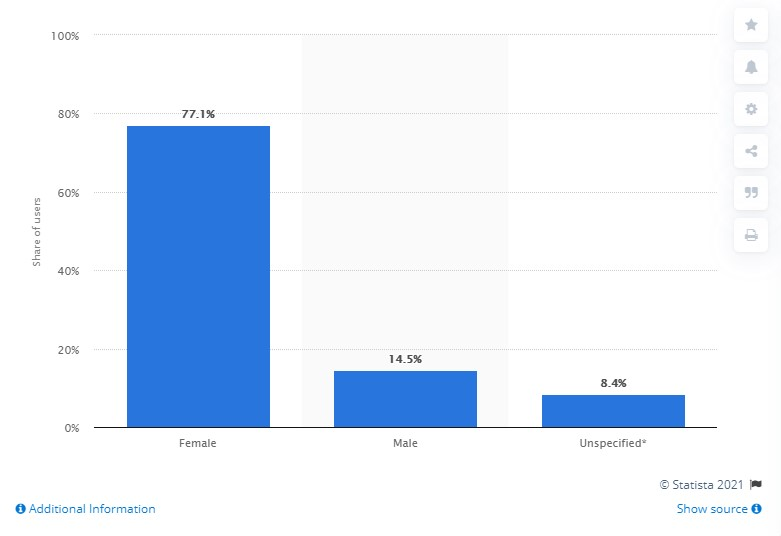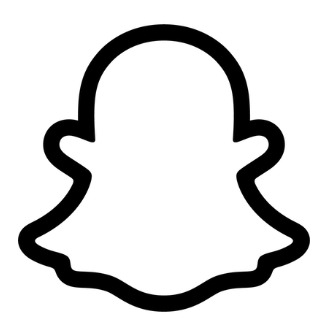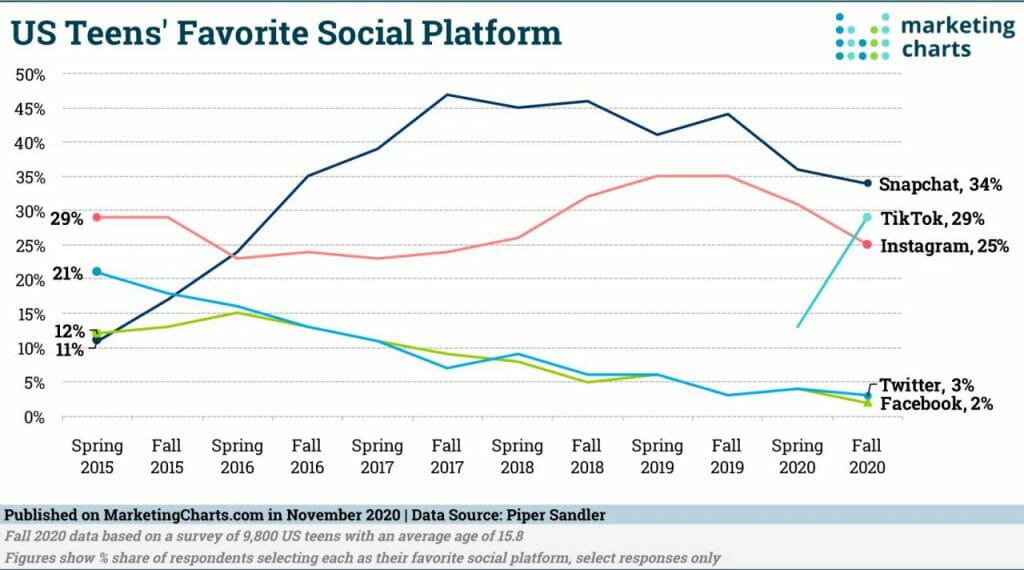
How to Create the Perfect Social Media Strategy with Social Media Statistics and Trends You Cannot Miss in 2024
Creating your social media strategy is key to ensuring you will reach and engage your users. There are many factors involved in creating the perfect strategy and knowing the trends and statistics of your niche is critical for success.
If you don’t know where to start, don’t worry. In this guide, we’ll bring you to step by step on how to create a perfect social media strategy with the statistics and trends you need to know in 2024.
In this post
What Is a Social Media Marketing Strategy?
A social media strategy is a document that details the framework, stages, and steps you will take to achieve your social media goals. It includes the tactics you will use to achieve your objectives and how you will measure progress.
What should be in your social media strategy?
- Your business goals
- Your social media goals
- The social media channels you are currently using and the ones you projected to add.
- The goals for each channel and account.
- The roles and responsibilities of the team and how often you will do reporting.
Why do you need a Social media Marketing Strategy?
To build a brand on social media without a strategy is at least inefficient, and at most, a loss of money. Here are some reasons you need a social media strategy:
- Build an organic social media presence: the main goal of a social media strategy is to build an organic presence online. For your account to grow in followers and reach, stick to the golden rule of social media: post interesting content consistently.
- Target your audience more effectively: a social media strategy simplifies social media management and saves time. Creating a social media calendar and content bank, scheduling the posts for the next week or month will save the time you spend posting.
- Create a brand message aligned with your business goals
When you have a social media strategy in place ensure that your efforts are more effective by aligning the strategy to your business goals.
- Better user experience
Social media enables you to offer a personalized experience to your audience. Social media tools enable you to use analytics to create highly targeted social campaigns that influence purchase decisions with personalized offers.
-
How many social media users are in 2022?
There are currently 4.48 billion social media users up to July 2022. That means 9 in 10 Internet users are on social media. The numbers surged as a result of the pandemic, with 520 million new users from 2020. This amounts to more than 70% of the eligible global population.
-
Most popular social media in 2024
Facebook is still the world’s most used social media platform. Still, there are five social media platforms with more than one billion monthly active users. Four of those five are owned by Facebook.
- Facebook = 2.8 billion monthly active users.
- YouTube = 2,29 billion
- WhatsApp = 2 billion
- Instagram = 1.38 billion
- WeChat = 1.24 billion
-
Who are the social media users?
Most social media platform audiences overlap, as people will use more than one social media at a time.
The age distribution of social media users is as follows:
- 84% of the 18-19-year-olds.
- 81% of the 30-49 population.
- 73% of the 50 -64-year-olds.
- 45% of the 65 plus.
-
How much time do users spend on social media?
The average user spends 2.5 hours a day on social networks and messaging. (DataReportal, 2021)
Users go to social media not only for entertainment and communication with others but for information, business, and shopping. More than half of social browsers use social media to research products for shopping. That makes social media a go-to tool for many purposes.
How to create the perfect social media strategy in 9 Steps
-
What is the goal of your social media marketing strategy?
You cannot succeed with a strategy if you don’t know what you want to achieve. Without goals in place, you won’t know if you are meeting the ROI expectations.
Decide on what you want to achieve with the social media campaigns. Do you want to have more brand exposure? Do you want to engage your audience?
A good practice is to use the S.M.A.R.T goals framework. This is an acronym that reminds you to define goals that are:
- Specific
- Measurable
- Attainable
- Relevant
- Timely
When writing your goals, keep in mind those attributes. An example of a SMART goal would be:
“Use Facebook to send news about next promotions and increase visits to the site by 20% by the end of the quarter”
Use the right metrics
You can track the number of followers or likes, but they won’t give you an accurate idea about the impact of the campaign on your bottom line. Instead, track metrics like conversion rates, click-though, and engagement.
Not sure what you need to track? Look at the channels you are currently using. For instance, if you use Facebook to drive traffic to your site, you should measure the click-through rate.
-
Know your Audience
If knowing who is your audience is key for marketing in general, social media is critical. Creating a strategy without knowing who your target viewer is like shooting in the dark in a game of paintball.
Learn as much as possible about your audience and what they like to see on social media. This will help you create content they will engage with, like, comment and share. How do you learn about your audience?
Start by basic demographics like:
- Age
- Location
- Income
- Industry
- Interests
If you don’t know where to start, check our guide Who Are the Social Media Users in 2024?
Once you found out where your audience likes to hang out, collect demographic data from your potential customers’ preferred social platforms.
Look at the age variable, for example. If your product or service is geared to a younger audience, find which platform your potential customers use.
Here are some demographic statistics to get you started (source: PEW Research Center):
- Most popular social media platforms for under-30 yrs old users
- Tiktok
- Snapchat
Most users between 18 to 29 years old report using Instagram, Snapchat, and TikTok with 18-24-year-olds using Instagram (76%) and Tiktok (55%).
- Adults in the U.S prefer Facebook and YouTube
- The use of online social media platforms varies widely in the U.S according to gender and location.
Wide-content media platforms like YouTube and Facebook get the widest audiences. LinkedIn gets the most highly educated users with medium to high income.
All this data will help you create your buyer persona. A buyer persona is a detailed description of your typical customer. Including name, profession, and interests, this profile puts a “face” to your customers and makes it easier to create content for them to use on social media.
-
Do a competitive analysis
Your competitors most likely are already on social media. So, you can look at what they are doing since they cater to a similar audience.
There are several ways you can gather useful information about your industry and target market:
- Social media listening
This method is the process of monitoring the Internet and media for mentions of your (or your competitor’s) name, relevant keywords, and account handle. This lets you know what people are saying about them and what they are sharing.
- Conduct a competitive analysis
This study helps you understand the strengths and weaknesses of your competitors. Applying the traditional competitive analysis to social media means you can benchmark your results against the big names in your industry.
With a social media competitive analysis you can:
- Identify your competitors for your target audience.
- Detect which social platforms they are using and how.
- Understand their strategies’ strengths and weaknesses.
- Compare your results to theirs and find your weaknesses.
- Find potential strategic threats.
How do you carry on a social media competitive analysis?
#1. Identify your competition: Use the keywords you try to rank for and find the top 10 more relevant to your business. Input them into the social media platform search bar and you’ll see who is your competition.
#2. Use social media analytics to find who your audience follows. Both Facebook Audience and Twitter analytics have features that can give you an idea of which brands your target viewers are following. For instance, in Facebook Audience, you input your target audience demographics and you will see which pages have the most likes. If they are relevant to your industry, add them to your competitor’s list. Then narrow the list to the top three most close competitors.
#3. Map their strengths and weaknesses: Now that you know which social media platforms your competitors are on, find how much you can about their social media strategies.
- What techniques are they using?
- What is working and what isn’t?
- What is their engagement rate?
- Their post frequence
- Their most popular hashtags.
Use the data to do a SWOT analysis. SWOT is an acronym for Strengths, Weaknesses, Opportunities, and Threats.
|
STRENGTHS
|
WEAKNESSES
|
|
OPPORTUNITIES
|
THREATS
|
-
Do a social media audit
If you already have a social media strategy in place, you should analyze how your efforts are doing so far. Your analysis should answer the following questions:
- Who is engaging with your social media content?
- How do your social media efforts benchmark against the competition?
- What is working in your strategy and what not?
- Which channels are performing well?
- Which content is performing well?
Hootsuite has a very easy-to-use template that can help have clear visibility on your answers.
-
Decide the channels you will use
Now you will have information to make strategic decisions about where you should focus your social media strategy.
Pay attention to how each channel is aligning with your social media goals (the ones you defined at the beginning). Next, focus on the ones that are performing better. You don’t need to pull out permanently from the other channels, you might decide to take the time to improve the strategy on those.
Define your strategy for each network
This will depend on what you want to achieve for that channel. For instance, a fashion brand may benefit from Instagram Stories and Snapchat.
Defining each channel strategy should include writing the mission statement for each one and more:
- Set up a profile for each network, complete, with high-quality images and a bio that includes a mission statement.
- Assign responsibilities to your team, who will manage the company’s Twitter and the Facebook page, for example.
To help you select your network, here are the top platform statistics for 2024:
Biggest Platforms Statistics
Facebook continues dominating the social media market, even more since acquiring Instagram. Facebook owns 4 of the 5 most social media apps.
Usage
- Users spend 35 minutes a day on Facebook on average.
- The platform has 2.5 billion monthly active users.
- 74% of all internet users visit the site daily
Demographics
- Most Facebook users are from 18 to 49 years olds. Although most teens are now users of other platforms like TikTok, Facebook still maintains an active audience of over 100 million teens.
- 96% of users get on to the platform via smartphones and tablets.
- 42% of users have taken a break from the platform in the last year.
Trends for 2024
- Facebook shopping: You can make your Facebook shop, group products into categories, tag products in photos you share, create collections, and enable in-app checkout to encourage purchases.
- User-generated content: It is one of the best ways to engage your audience since it is fun for them to see their photos and videos shared by brands. Pro tips: ask permission to share the post on your page, create a unique hashtag for users to share photos of your products, and link back to the product featured in the photo.
- Facebook Stories: Stories have become increasingly popular, especially because you can cross-post your stories to Facebook and Instagram. Pro tip: Create unique aesthetics, uploading photos, videos, and boomerangs.
- Augmented reality: The platform enables users to create their augmented reality ads and posts. Pro tip: Create interactive ads that enable your users to try their products. Build filters for Instagram and Facebook stories.
This is the platform you need if your audience is on the younger side. With most Instagram users being under 29 years old it is perfect for marketing and building brand awareness with teens.
Usage
- Users spend an average of 53 minutes a day on Instagram.
- The platform has 1 billion monthly active users.
- 42% of internet users visit the site daily.
Demographic
- 67% of Instagram users are aged 18 to 29.
- The gender distribution is almost the same with 51% of male and 49% female users.
- Instagram claims that 90% of its users actively follow a business account.
Trends for 2022
- Instagram shopping: Use shoppable posts to sell to your audience. The platform’s visual style facilitates displaying products and engaging buyers. Pro tip: add purchase links in Instagram stories.
- Influencer marketing: Collaboration between brands and influencers has been around some time and this trend will continue to grow. Pro tip: promote hashtag campaigns by using a network of influencers.
- Instagram Live: Live streaming allows for two-way communication. They can comment and ask questions in real-time. Pro tip: Launch a product live on Instagram to create expectations and drive sales. Use a live video so you demonstrate how to use your product in different ways.
- Interactive Content: Interacting with your audience is one of the best ways to engage them. Instagram has several ways to make your content interactive, you can ask a question, create a poll, and more. Pro tip: Create a quiz, start a countdown for an upcoming post, experiment with interactive Instagram Stories stickers.
TikTok
The most downloaded platform of 2020 has a particularity, most users are on the younger side, although adults are getting on quickly on the platform.
Usage
- Users spend 53 minutes a day on TikTok.
- There are 1 billion monthly active users.
- TikTok has a billion views every day.
Demographics
- 56% of TikTok users are male and 44% are female.
- 41% of all TikTok users are under 24 years old.
Trends
- More brands and influencers will use TikTok for marketing purposes.
- Generation Z watches more Tik Tok than television.
- Brands and influencers will collaborate to create content in episodes.
- More companies are encouraging users to make and share videos on TikTok using their products using a branded hashtag.
Twitter has a smaller number of users than Facebook and Instagram. However, the platform has a staggering 500 million non-registered users audience.
Usage
- Users spend 3 minutes daily on Twitter.
- There are 330 million active monthly registered users.
- There are almost 500,000 new accounts daily.
Demographics
- The majority of Twitter users belong to the age bracket of 18-29 years old, with the next category being the 30 to 49-year-olds.
- 66% of Twitter users are male and 34% female.
Trends
- Twitter is still one of the main sources of news for users.
- Video advertising has grown on Twitter, representing 67% of the platform advertising. Tweets with video attract more engagement than tweets without video.
- Twitter is one of the main platforms for company discovery, meaning that 30 out of 50 brands’ Twitter accounts show up on the first page of Google.
This is one of the fastest-growing social media platforms, and with a very specific user base. With 1 out of 3 adults on LinkedIn, the platform has the largest demographic of users 30 to 49-year-olds.
Usage
- Users spend 6 minutes a day on LinkedIn.
- The platform has 303 million monthly active users.
- There are 5.26 million new accounts monthly.
Demographics
- The age range is evenly spread from 18 to 64-year-olds, with the largest percentage of users (37%) belonging to the 30-49 age bracket.
- There are slightly more men than women on LinkedIn (57% against 43%).
- 40 million LinkedIn users are reportedly in “decision-making” positions.
- 30 million companies are on LinkedIn.
- 94% of B2B marketers use LinkedIn to distribute content.
Trends
- LinkedIn Stories: These posts are visible for 24 hours and can be up to 20 minutes long. The aim is to introduce more dynamic engagement between users.
- Personalized Ads: Dynamic ads can target segmented audiences with accuracy and impact. Pro tip: use it to scale up individualized campaigns and customize them according to your marketing objectives.
- Video Chat Integration: This feature aims to promote better communication between companies, employers, and candidates. Accessible both on desktop and mobile apps. Pro tip: Use this feature for interviews.
YouTube
Usage
- There are 2 billion YouTube users as of June 2021.
- The number of daily active users reaches 122 million.
- Users spend an average of 18 minutes daily on the platform.
- 1 billion hours are watched daily on YouTube.
Demographic
- 56% of YouTube users are male
- 44% of YouTube users are female
- 37% of millennials 18-34 years old watch YouTube daily.
- Users between 15-35 years make up 77% of the YouTube users.
Trends
2021 was a great year for YouTube. Because of the pandemic, most users relied on video for entertainment and replacing in-person activities. The platform usage then grew exponentially. Thus, several hot trends are developing on YouTube in 2022.
- Short format content: YouTube rolled a feature called “Chapters” which enables viewers to skip to key sections of a video. Also, YouTube Shorts are 60-sec videos optimized for the mobile experience.
- Mobile-first: talking about mobile, it’s changed the way YouTube content is consumed. Most people consume videos on the go, and the platform is adapting the content to simplify this experience.
- Challenge videos: these videos feature two people competing in a split-screen format. The trend is catching on as a way to engage users.
- Branded channels: These channels are making serious money on the platform, by monetizing subscribers, selling merchandise, and featuring a branded profile photo and banner, which are easily recognizable.
This platform, although not considered one of the “big names”, boasts a surprisingly high engagement. It offers a great opportunity to run ads, but they need to be highly targeted.
Usage
- On average, users spend 16 minutes a day on Reddit
- The platform has 430 million monthly active users
- The site receives 21 billion monthly screen views
- 44% of the traffic is via the mobile app.
Demographic
- Most Reddit users are men (74%)
- The age bracket is dominated by users under 30 years old, with the second large age group from 30 to 49 years old.
Trends
- Reddit is great for highly targeted advertising since the platform communities are wary of traditional online advertising.
- Use content marketing to promote a product or service on Reddit. Sponsored posts, with images and a call to action, can work wonders.
- Promoted video allows you to play embedded videos on the feed. It can be autoplay, with a call to action and multiple aspect ratios.
The “DIY” platform has been growing for several years, with a 30% annual increase in users.
Usage
- There are 320 million monthly active users.
- Users spend 14 minutes a day on Pinterest.
Demographic
- Pinterest has the largest percentage of female users of all social media platforms, 70% of their users are female.
- 93% of pins are made by female users.
- 85% of female users use the platform to plan life events.
- Men use it primarily to bookmark ideas and projects.
Trends
- Stories: On Pinterest Stories you can share video, images, and text, and the viewer can expand on it by clicking on an icon in the top left of the screen.
-
- Use Pinterest trends to uncover potential topics: this feature enables you to discover top searches and trending topics, helping you maximize your marketing efforts.
- Pin-to-sales: Pinterest is promoting advertising and shopping features. You can turn a catalog into browsable product Pins that connect to Shopify and convert users.
-
Build your social media brand
Once you know the channels you will use, and how you will use them, it is important to keep in mind the strategy needs to align with your brand voice. Your brand voice is how you present your company on social media.
With every content piece, every comment, and post, your audience is creating an impression of your brand. Here are some tips on how to find it out:
Tips and strategies
- If your brand was a person, how would it be? What adjectives would you use to describe your brand?
In our case, it would be: Confident, Visionary, Casual, and Professional.
Step 1: Ask which adjectives would describe your brand? You can pick from this list or make your own:
| Adventurous, Artistic, Bold, Bright, Calm, Caring, Casual, Cheerful, Clever, Conservative, Daring, Detailed, Dramatic, Down to Earth, Easy, Efficient, Elegant, Endearing, Energetic, Fantastic, Familiar, Fashionable, Fierce, Fun, Functional, Glamorous, Impressive, Informal, Inspiring, Liely, Majestic, Modern, Natural, Nostalgic, Organic, Pleasant, Professional, Quirky, Rustic, Sassy, Savvy, Sleek, Smart, Sophisticated, Stable, Tasteful, Tranquil, Unconventional, Unique, Upbeat, Urban, Vintage, Wishful, Youthful. |
Step 2: Pick 4-5. And create every content around them.
Step 3: Avoid jargon, write as you talk. Keeping a conversational style gets to the point and engages people.
Step 4: Stay away from sensationalism. In short, avoid clickbait like the plague. A clickbait headline can make people click on your posts, but good and informative content will make them return to your company for reference, information, and purchasing. Don’t create noise, focus on the quality.
Step 5: Keep it consistent. Even if you have different people writing for different channels, keep the message and tone consistent.
-
Schedule everything with a social media calendar
Scheduling your content is critical when you want to reach your users at the right time. It also prevents misshapes, forgetting to post, and missing trends and opportunities.
How to create a social media calendar
There are a few key steps for creating the perfect social media calendar:
- Define your goals and your content mix. What do you want to post? Make sure it aligns with your social media strategy and goals. For instance, you would want a percentage of the content to drive traffic to your website, while others to support lead-generation goals.
- Set your posting schedule. Look at the channels you chose, what are the best times to post on each channel? Make sure to plan your calendar so you can reach your users when they are on the platform. Check also the ideal frequency. For instance, for LinkedIn, a post a day is enough, while Twitter requires 5-6 tweets daily to drive engagement.
- Plan the calendar. You can use a spreadsheet or a template. Most project management applications, like Monday and Asana, have their own social media calendar templates. HootSuite has a free social media calendar template to download too. Using a template saves you time and effort.
- Remember important events and dates. Depending on your product or service, there can be dates that are relevant for you. For example, if your market is electronics, planning around Black Friday is important. If your market is chocolates and flowers, you should plan posts leading to Valentine’s day.
-
Measure, evaluate and adjust the strategy. Rinse and repeat
Your social media strategy is dynamic, and you may find that some strategies don’t work as you expected and others work better than you thought. That’s why tracking, measuring, and analyzing the strategy is essential. How do you do it?
Track your performance metrics: Besides analyzing each social network analytics, you can use your website performance metrics and even heatmaps to see how visitors are moving on your website.
Once you have the data, use it to evaluate how well the strategy is performing. Tracking the metrics will help you understand several factors about the performance of the social media campaign:
- Which channel is performing well
- Which channel is underperforming
- What content is working and what isn’t.
Use this data to A/B test different versions of posts, campaigns, strategies, understanding what works and what doesn’t. Besides tracking metrics, you can also use surveys, polls, and even your email newsletter to find out if you are meeting their expectations and the type of content they would like to see more.
Next, adjust the strategy as needed, and repeat.
Biggest trends for social media
These social media trends can help you guide your strategy. Pay attention and follow up so you can apply them to your social media strategy:
- TikTok will continue to grow
After the explosion of 2020 that made it the most downloaded app, TikTok has not stopped growing. Don’t think that it is only for young audiences. Many brands are understanding that sooner than later everybody will visit TikTok, not just teens, and sponsor content to promote their products and services.
An example of a great TikTok campaign is Chipotle’s annual “Boorito” challenge for Halloween. They offered a discount for customers that ordered in a Halloween costume, asking customers to post a video to TikTok showcasing their outfits and using the custom sound created for that occasion. They created a branded hashtag #Boorito and #Contest.
They even teamed up with top influences like Addison Rae to fire up the challenge.
The prize? The top 5 posts will get free burritos for a year.
The results: 3.6 billion views in TikTok.
- Live streams help connect with customers.
2020 was the year for live streaming, and the trend is still strong. Even now, when things start to go slowly back to normality, everybody is comfortable with streaming live and many companies are taking this as an advantage.
Live streams let you connect and engage your customers in real-time. An example of using Livestream to connect with customers is “Mr. Robot: Debt Deletion” The creators of the show “Mr. Robot” launched the show by deleting $100,000 debt live on the Twitch site. Since the primary demographics of the show is the gaming audience, Twitch was the perfect social media platform to do it.
- Augmented reality
Virtual and augmented reality became mainstream, taking brand messaging to a new level. Instead of telling a story, you can let your customers immerse themselves into your story. Companies are taking the opportunity and producing VR tours. An example is what the Hacienda Patron Spirits did with their Virtual Hacienda Tour. The VR tour can be experienced by using the Oculus headset, the Google Cardboard, smartphones, and tablets and guides you through tequila production from a bee’s perspective.
[Embed video 360° Video of Hacienda Patrón Tour | Patrón Tequila]
- Artificial Intelligence
Modern social media marketing requires artificial intelligence tools to keep up with the fast pace of social media trends. An AI tool enables you to listen to social mentions, analyze sentiment drivers in your audience conversations, searches, and comments. Without AI, most marketing analytics cannot be possible these days.
- Psychographics
We talked about demographics for each social media platform. The thing is today’s social listening goes beyond typical demographic attributes like gender, location, and income. Many social analytic solutions today understand the sentiment or psychographic data of your audience when commenting or mentioning your brand. They allow you to understand if their impressions are positive or negative.
Which Is The Fastest Growing Social Media Platform?
No, it is not TikTok
In fact, according to the Pew Research Center, while TikTok remains the most downloaded app, the social media platform that is growing the fastest is….
YouTube
81% of users in the U.S (over 2 billion people!) use YouTube. Yes, it is a quarter of the world’s population. This represents an increase of 8% since 2020.
Final Thoughts
Well, this was a handle! Creating your social media strategy is not an easy feat, and requires being on top of the latest statistics and trends. But a social media strategy needs to be aligned with your overall business and monetization goals, starting with reaching your audience at the time they are most receptive to conversion. At CodeFuel we use artificial intelligence to leverage high intent data, so your marketing efforts reach the right user at the right time. Learn more about how we help achieve results by signing up.

